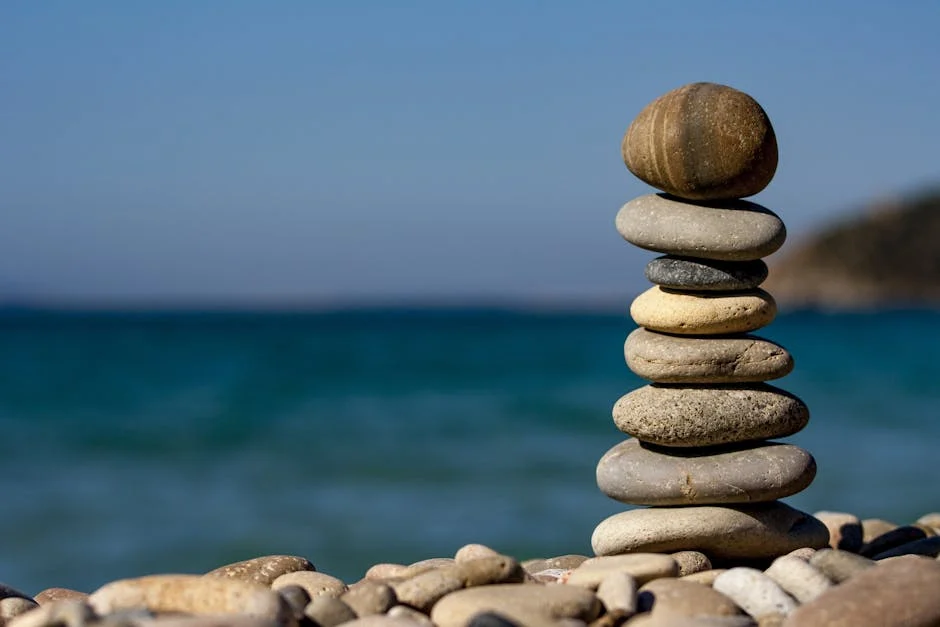Relaxation
Introduction
In today’s fast-paced world, relaxation is more crucial than ever. Stress can take a toll on our physical and mental well-being, leading to various health problems. Taking time to relax allows us to recharge, improve our mood, and enhance our overall quality of life. This article will explore various relaxation techniques and strategies to help you incorporate more peace and tranquility into your daily routine.
The Importance of Relaxation
Benefits of Relaxation
- Reduces stress and anxiety.
- Improves sleep quality.
- Lowers blood pressure and heart rate.
- Boosts the immune system.
- Enhances focus and concentration.
- Promotes emotional stability.
Identifying Stressors
The first step towards relaxation is identifying your stressors. Common stressors include work pressure, financial worries, relationship problems, and health concerns. Once you know what triggers your stress, you can develop strategies to manage them effectively.
Relaxation Techniques You Can Try
Mindfulness Meditation
Mindfulness meditation involves focusing on the present moment without judgment. It can be practiced anywhere, anytime. Here’s how to get started:
- Find a quiet place to sit or lie down.
- Close your eyes and focus on your breath.
- Notice your thoughts and feelings without getting carried away.
- Gently redirect your attention back to your breath whenever your mind wanders.
Deep Breathing Exercises
Deep breathing exercises can quickly calm your nervous system. Try these techniques:
- Diaphragmatic Breathing: Breathe deeply from your belly, allowing your abdomen to expand.
- Box Breathing: Inhale for 4 seconds, hold for 4 seconds, exhale for 4 seconds, hold for 4 seconds.
Progressive Muscle Relaxation (PMR)
PMR involves tensing and releasing different muscle groups in your body. This technique helps you become aware of tension and release it consciously. Start with your toes and work your way up to your head.
Yoga and Tai Chi
Yoga and Tai Chi are gentle forms of exercise that combine physical postures, breathing techniques, and meditation. They are excellent for promoting relaxation and reducing stress.
Spending Time in Nature
Studies show that spending time in nature can lower stress hormones and boost your mood. Go for a walk in the park, hike in the woods, or simply sit by a river and enjoy the scenery.
Listening to Music
Listening to calming music can have a profound effect on your body and mind. Choose instrumental music, nature sounds, or any genre that you find relaxing.
Creating a Relaxing Environment
Your surroundings can significantly impact your stress levels. Create a calming environment by:
- Decluttering your space.
- Using soft lighting.
- Adding plants.
- Using aromatherapy (e.g., lavender oil).
Incorporating Relaxation into Your Daily Routine
Schedule Relaxation Time
Treat relaxation as an important appointment. Schedule time for relaxation each day, even if it’s just for 15-30 minutes.
Limit Screen Time Before Bed
The blue light emitted from screens can interfere with sleep. Avoid using electronic devices for at least an hour before bedtime.
Establish a Bedtime Routine
Create a relaxing bedtime routine to signal your body that it’s time to sleep. This could include taking a warm bath, reading a book, or listening to calming music.
Practice Gratitude
Focusing on the positive aspects of your life can reduce stress and improve your mood. Keep a gratitude journal and write down things you are grateful for each day.
Conclusion
Relaxation is an essential part of a healthy lifestyle. By incorporating these relaxation techniques into your daily routine, you can effectively manage stress, improve your well-being, and enhance your overall quality of life. Experiment with different methods to find what works best for you and make relaxation a priority.














Post Comment